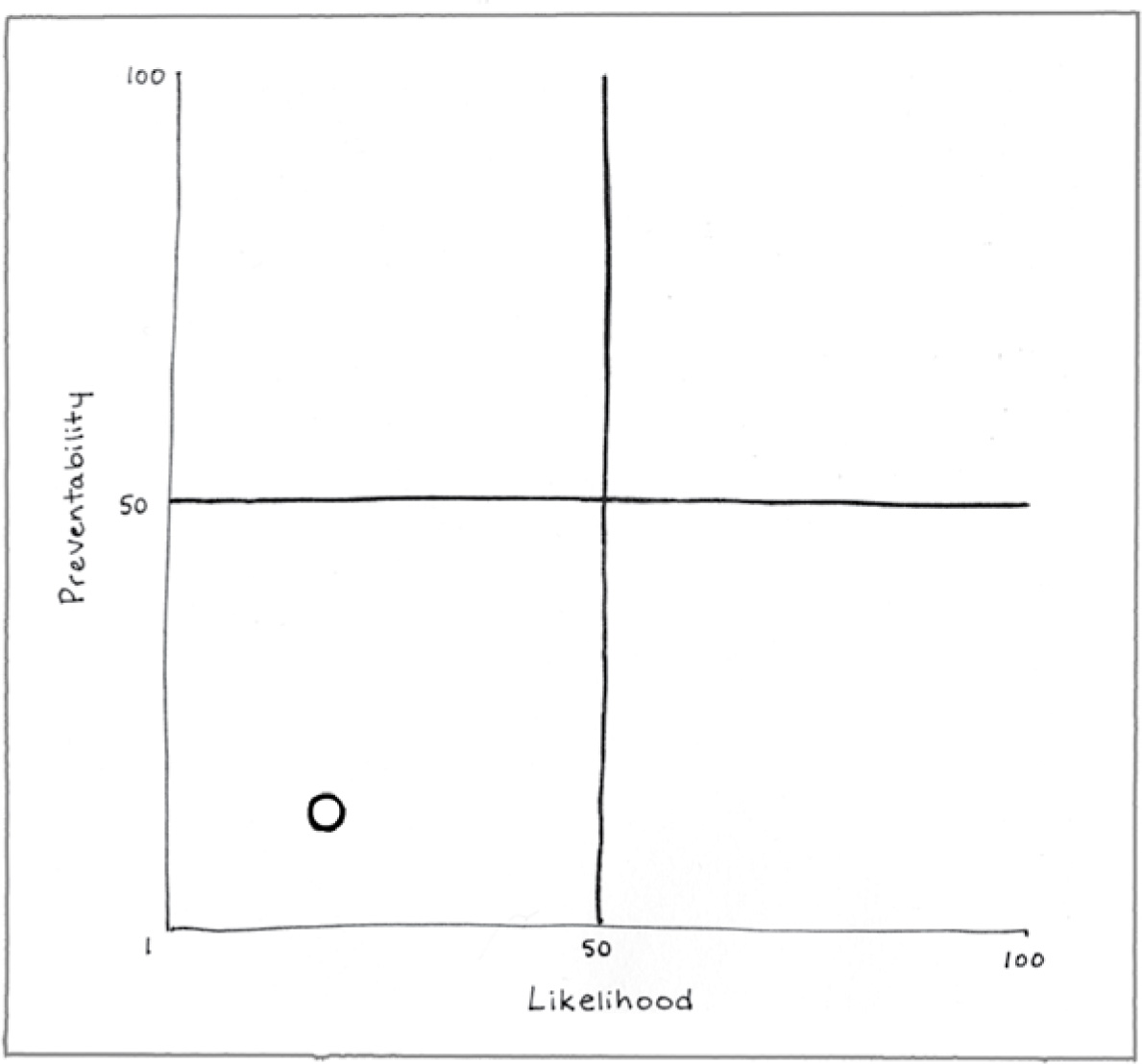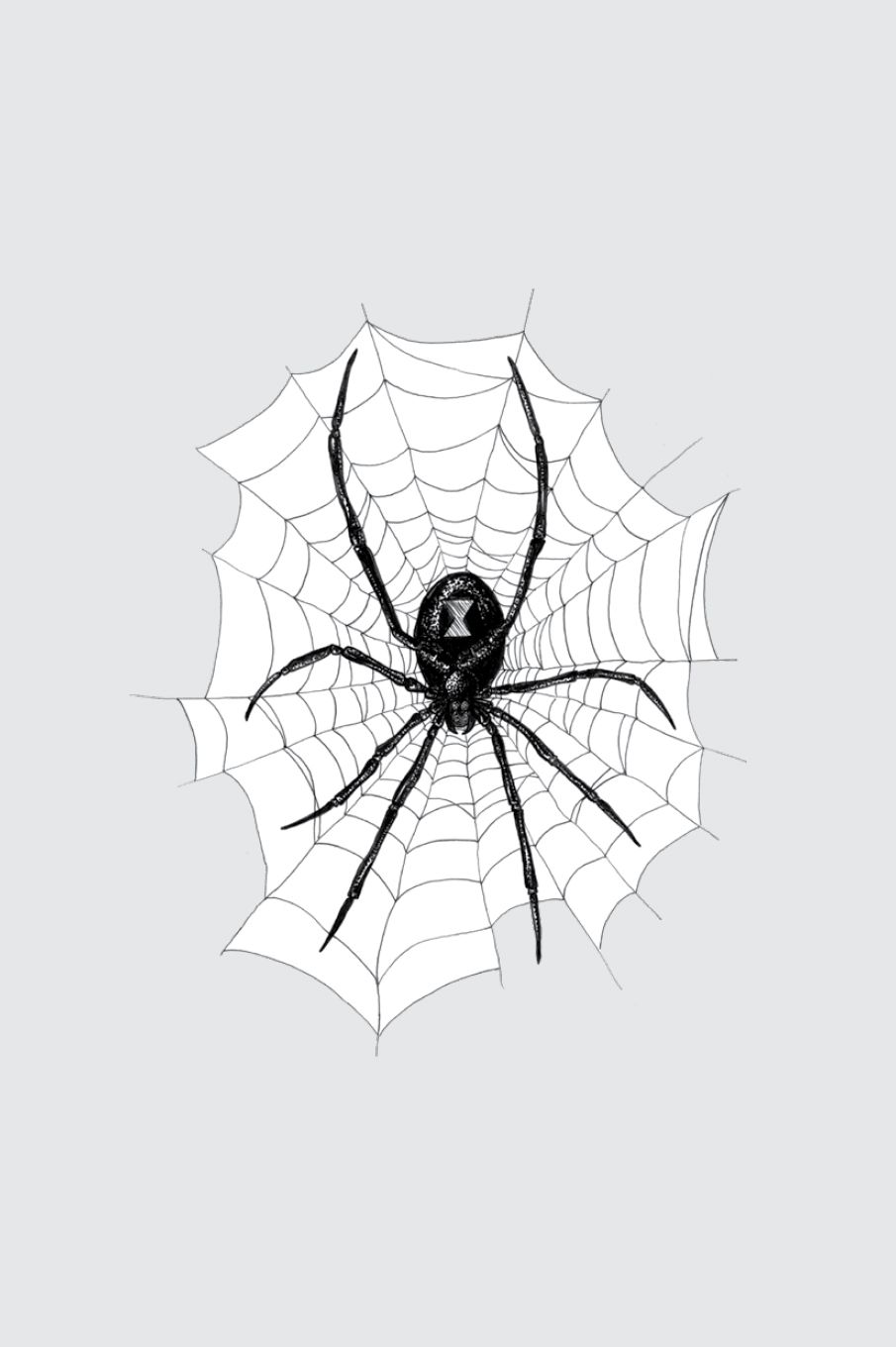45. SPIDERS
Spiders are found in houses, schools, offices, backyards, gardens, jungles, and forests. We all share our homes with spiders. But even with spiders as housemates, many people fear spiders and worry about the dangers these arachnids pose to their health. An estimated 3.5–6.1% of the population suffers from arachnophobia, the unreasonable, irrational fear of spiders. Many other people are less afraid but still apprehensive about spiders. There are approximately 47,000 species of spiders, but few spiders can harm people. All spiders have a valuable role in the ecosystem, so there is little to fear and much to be appreciated about these eight-legged creatures.
Humans are not spider food, so spiders do not hunt people. It is true that almost all spiders are venomous, but the venom of most spiders poses little danger to humans. Moreover, most spiders will bite people only in self-defense. Perhaps the most well-known spider capable of injuring people is the black widow (Latrodectus mactans or Latrodectus hesperus). The female black widow can be identified by a red hourglass shape on its black abdomen. Often found in garages or under logs and rocks, black widow spiders are not aggressive, but they will bite if they are significantly disturbed. When poked repeatedly, black widow spiders usually just move away; only when they are pinched do these spiders bite. The danger of a black widow bite comes from the injected venom, called latrotoxin, a neurotoxin that causes the massive release of the neurotransmitter acetylcholine from the nerve terminals of a victim. Latrotoxin can cause swelling around the puncture wound, pain, cramping, high blood pressure, headache, dizziness, nausea, and vomiting. Although black widow spider bites can be lethal, deaths caused by these spiders are very rare. For example, in 2013, of the 1,866 black widow spider bite cases reported to the American Association of Poison Control Centers, there were no deaths.
Another spider capable of injuring people is the brown recluse (Loxosceles reclusa), also known as the fiddleback spider because of the violin-shaped mark on its back. These spiders can be found indoors in garages, basements, beds, clothing, attics, and closets. But like black widow spiders, brown recluse spiders are not aggressive. In one home in Kansas, 2,055 brown recluse spiders were found in a six-month period, and no one in the house was bitten. Although brown recluse spiders do not bite often, they have venom that can cause extensive necrosis around the wound and sometimes fever, chills, and shock. The bite wound may also become infected and take weeks or months to heal, but fatalities from brown recluse spider bites are rare.
Unlike black widow and brown recluse spiders, the Sydney funnel-web spider (Atrax robustus) has a bit of a mean streak and is regarded as aggressive. Fortunately (unless you’re Australian), Sydney funnel-web spiders are found only in eastern and southern Australia. When approached, the Sydney funnel-web spider will raise its front legs in an attack posture. This spider’s fangs are formidable, and its neurotoxic venom (atratoxin) is potent. Atratoxin causes pain and, if it spreads, a patient can experience life-threatening symptoms affecting the nervous and circulatory systems. A total of 13 people have died from funnel-web spider bites, but antivenom is so effective that no deaths from these spiders have been reported since 1981 when the antivenom was introduced.
South American wandering spiders (e.g., Phoneutria nigriventer, Phoneutria fera) also take up an aggressive posture when approached. Bites from Phoneutria species usually cause only mild pain and swelling. However, two of 422 people admitted to the hospital (both children) after being bitten by Phoneutria spiders showed severe symptoms, and one of these children died. Phoneutria fera lives in the Amazon far away from people and generally poses little risk to humans.
There is no reason to panic when you see a spider. Few spiders can harm people, and they are useful to have around the house because they eat insect pests. To further relieve any anxiety about being bitten by a spider, shake out your shoes, gloves, and clothing before putting them on. If you are bitten by a spider, apply an ice pack to the location of the bite and, in the unlikely chance of a more serious condition, seek medical attention. If you can safely trap the spider, an expert may be able to identify it in case antivenom is needed.
Spiders have no reason to bite people, and they prefer to be left alone where they can go about their business of building webs, burrowing, and hunting for prey. Although it is possible to encounter a potentially dangerous spider, the vast majority of spiders are harmless. Some spiders are even tasty: deep-fried tarantula is a delicacy in parts of Southeast Asia.
SUMMARY
Preventability (15)
Watch where you put your hands.
Likelihood (21)
Spiders are everywhere, but they are rarely aggressive.
Most spiders are not capable of harming people, but there are a few that can cause intense pain. Children and people who have underlying health problems can suffer more severe symptoms.

REFERENCES
Bucaretchi, F., de Deus Reinaldo, C. R., Hyslop, S., Madureira, P. R., De Capitani, E. M., & Vieira, R. J. (2000). A clinic-epidemiological study of bites by spiders of the genus Phoneutria. Revista do Instituto de Medicina Tropical de São Paulo, 42, 17–21.
Eichenberg, C., & Walters, C. (2012). Virtual realities in the treatment of mental disorders: A review of the current state of research. In C. Eichenberg, Virtual reality in psychological, medical and pedagogical applications. InTech. Retrieved from https://www.intechopen.com/books/virtual-reality-in-psychological-medical-and-pedagogical-applications
Isbister, G., Gray, M., Balit, C., Raven, R., Stokes, B., Porges, K., . . . Fisher, M. (2005). Funnel-web spider bite: A systematic review of recorded clinical cases. Medical Journal of Australia, 182, 407–411.
Mowry, J.B., Spyker, D.A., Cantilena Jr, L.R., McMillan, N. & Ford, M. (2014). 2013Annual Report of the American Association of Poison Control Centers’ National Poison Data System (NPDS): 31st Annual Report, Clinical Toxicology, 52, 1032–1283.
Natural History Museum Bern. (2017). World spider catalog. Version 18.5. Retrieved from http://wsc.nmbe.ch
Nelsen, D. R., Kelln, W., & Hayes, W. K. (2014). Poke but don’t pinch: Risk assessment and venom metering in the western black widow spider, Latrodectus hesperus. Animal Behavior, 89, 107–114.
Vetter, R. S., & Barger, D. K. (2002). An infestation of 2,055 brown recluse spiders (Araneae: Sicariidae) and no envenomations in a Kansas home: Implications for bite diagnoses in nonendemic areas. Journal of Medical Entomology, 39, 948–951.
